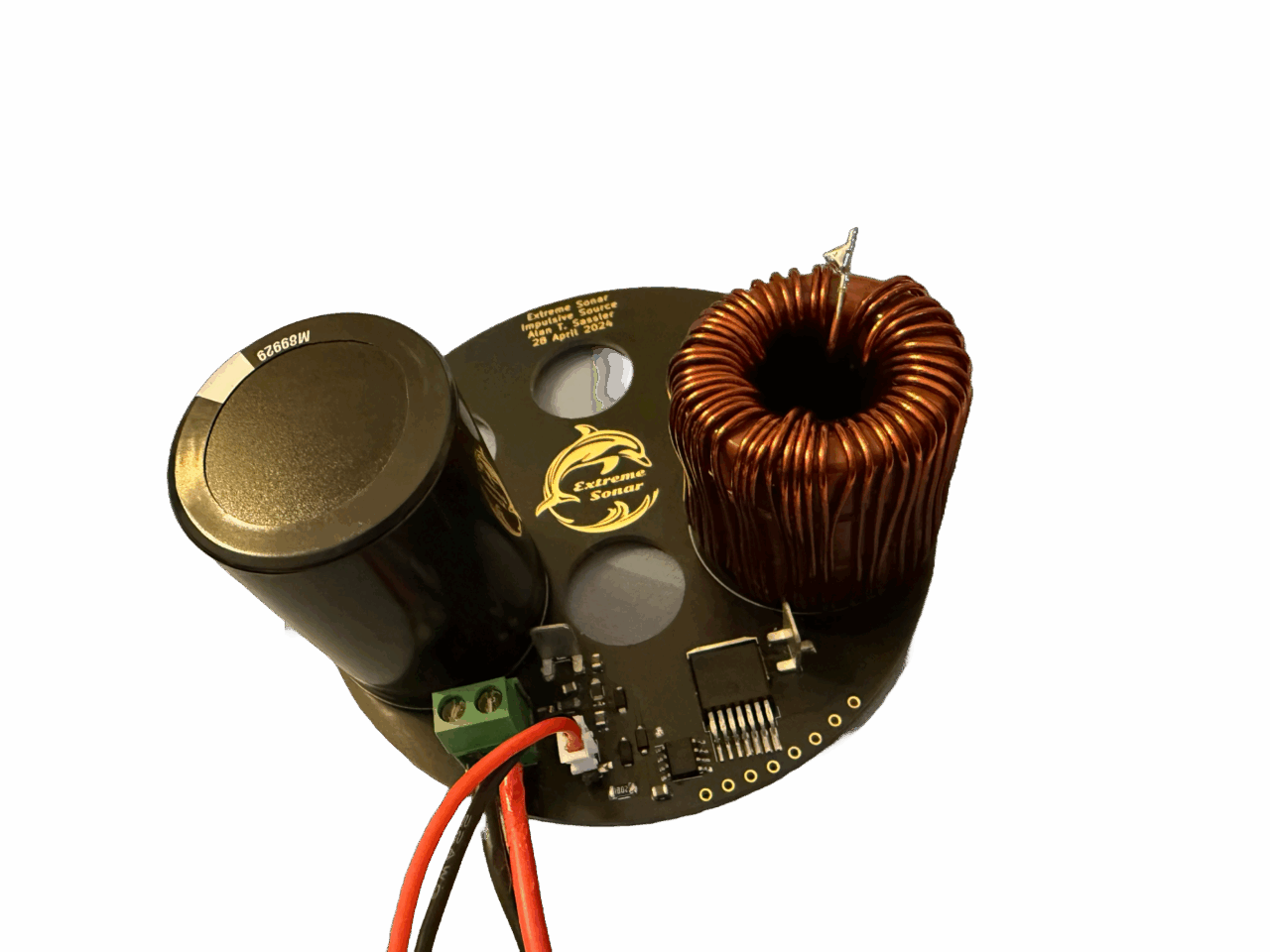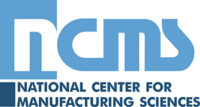Technology Title
Acoustic Antifouling for DoD Maritime Assets
Tech Focus Area
Coatings/Corrosion Prevention
Abstract
Biofouling on maritime assets is a persistent maintenance challenge for the Department of War (DoW), directly degrading mission readiness and increasing sustainment costs. The accumulation of marine organisms raises hydrodynamic drag, driving up fuel use, reducing vessel speed and range, and requiring frequent, hazardous, and costly cleanings. Traditional antifouling methods rely on ablative coatings or chemical treatments with limited lifespans and ecological drawbacks.
We have developed and demonstrated the Biomimetic Impulsive Source, a novel low-frequency (5–25 kHz) acoustic technology for proactive, persistent biofouling prevention. The system emits high-power, single-cycle impulses—up to 20 kW (217 dB re 1µPa)—at a 1 Hz duty cycle, maximizing biological effectiveness while minimizing energy use. These short pulses disrupt microscopic organisms’ ability to settle, creating a protective deterrent field around submerged assets without requiring physical modification. Unlike continuous-wave ultrasonic systems that vibrate the hull inefficiently, our approach projects the waveform directly into the surrounding water. With an average power draw of only a few watts, it supports long-duration, battery-powered or remote operation.
At TRL-6, full-scale prototypes have been successfully demonstrated in real-world maritime environments, validating both performance and safety for marine mammals and divers. The maintenance impact is immediate and substantial: it drastically reduces or eliminates manual hull cleaning and dry-docking, lowers lifecycle costs, minimizes hazardous material use, and reduces manpower requirements. By maintaining a clean hull, vessels sustain optimal speed and fuel efficiency, directly enhancing operational availability and range while mitigating the spread of invasive species—a growing logistical and environmental threat to global force projection.
The system’s low Size, Weight, Power, and Cost (SWaP-C) and non-invasive installation make it practical for rapid transition across the DoW. Its cross-service applicability spans Navy surface combatants, Coast Guard cutters, Army watercraft, and SOCOM sub-surface craft, as well as fixed infrastructure such as piers and sensor platforms, and DLA prepositioned assets. This technology delivers a robust, energy-efficient, and environmentally responsible solution to neutralize the pervasive maintenance burden of biofouling—enhancing readiness and reducing sustainment costs across the joint force.
Graphic





